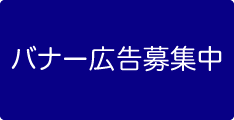モンテカルロ計算を用いた原子力及び加速器施設における均等被ばく状況下での放射線業務従事者の被ばくの不均一性に関する検討—γ線及びβ線による均等被ばく状況下での眼の水晶体への被ばく—Assessment of Inhomogeneity of Exposure to Radiation Workers in Homogeneous Exposure Situations in Nuclear Industry and Accelerator Facility by Using Monte Carlo Calculations Coupled with a Mathematical Phantom —Exposure to the Lens of the Eye in Homogeneous Exposure Situation Due to Gamma and Beta Rays—
日本原子力研究開発機構原子力科学研究所放射線管理部Department of Radiation Protection, Nuclear Science Research Institute, Japan Atomic Energy Agency ◇ 319–1195 茨城県那珂郡東海村大字白方2–4 ◇ 2–4 Shirakata, Tokai-mura, Naka-gun, Ibaraki 319–1195, Japan



